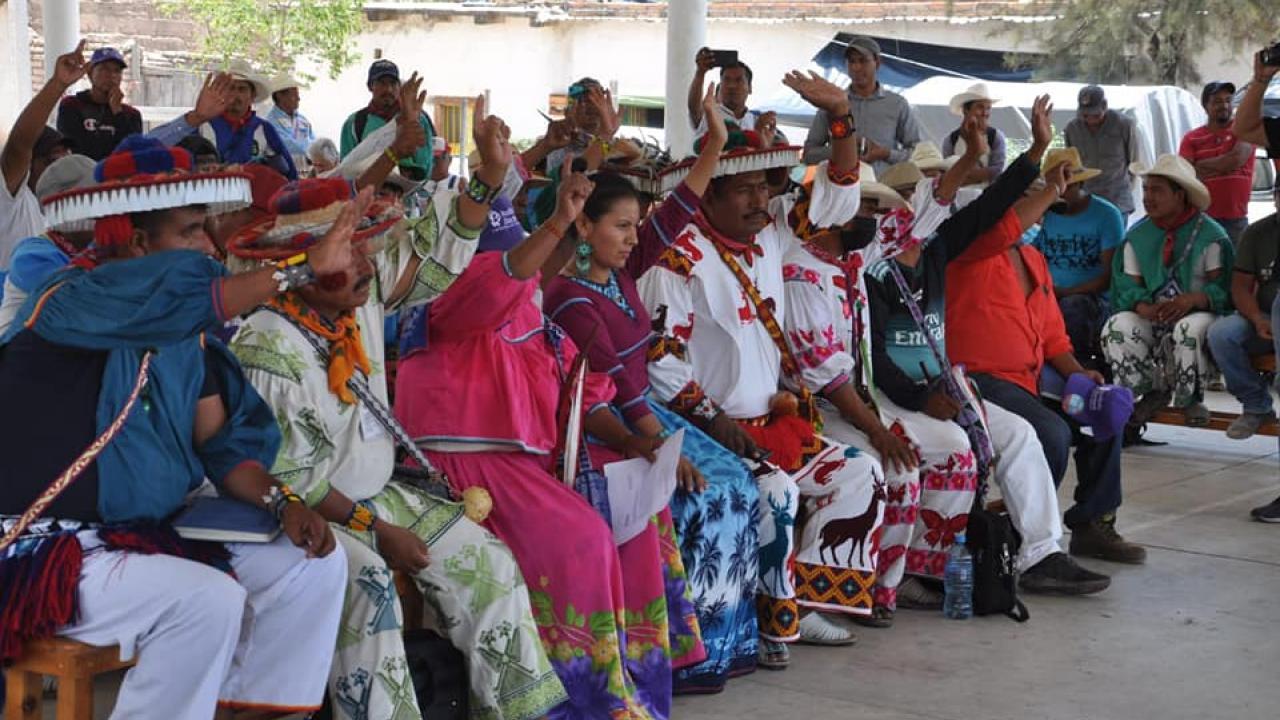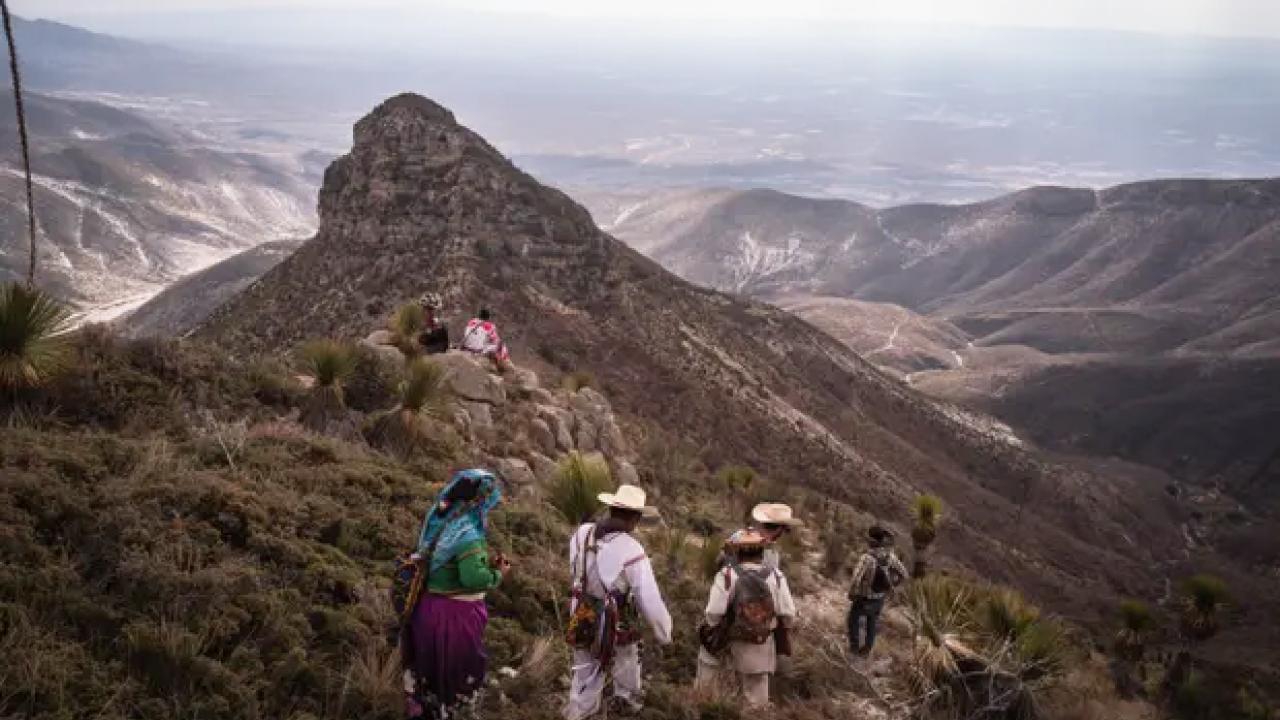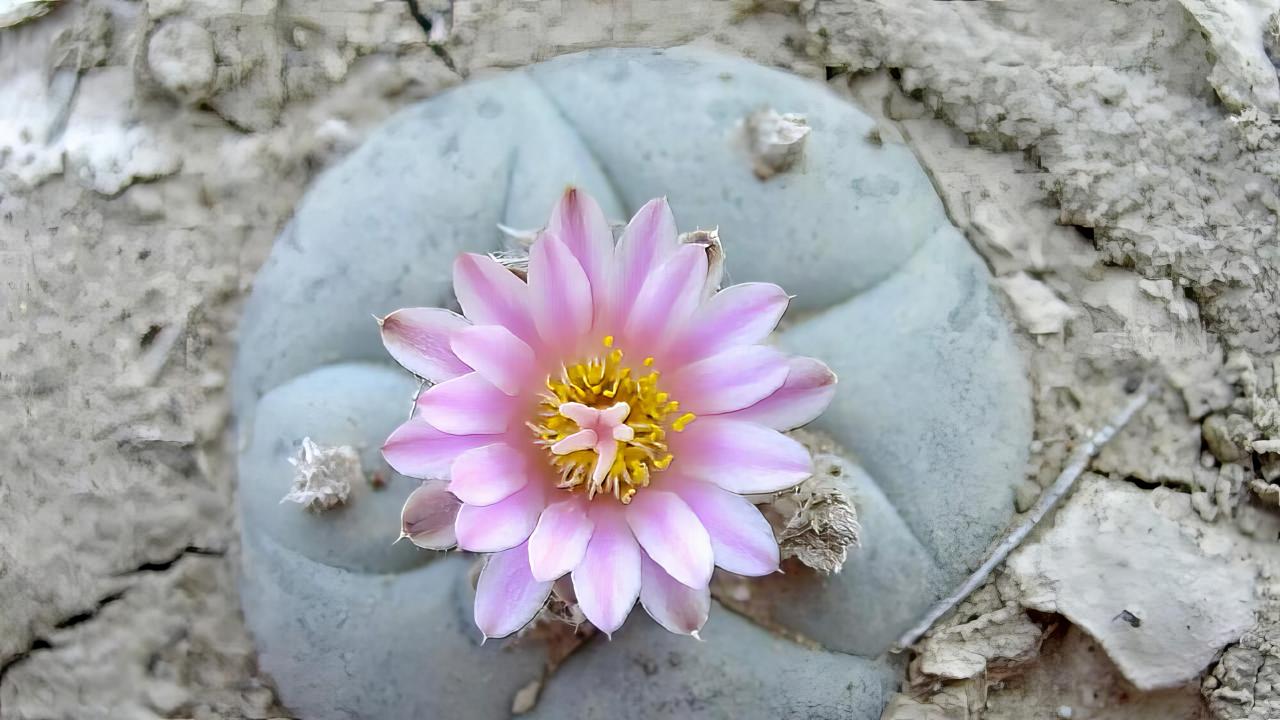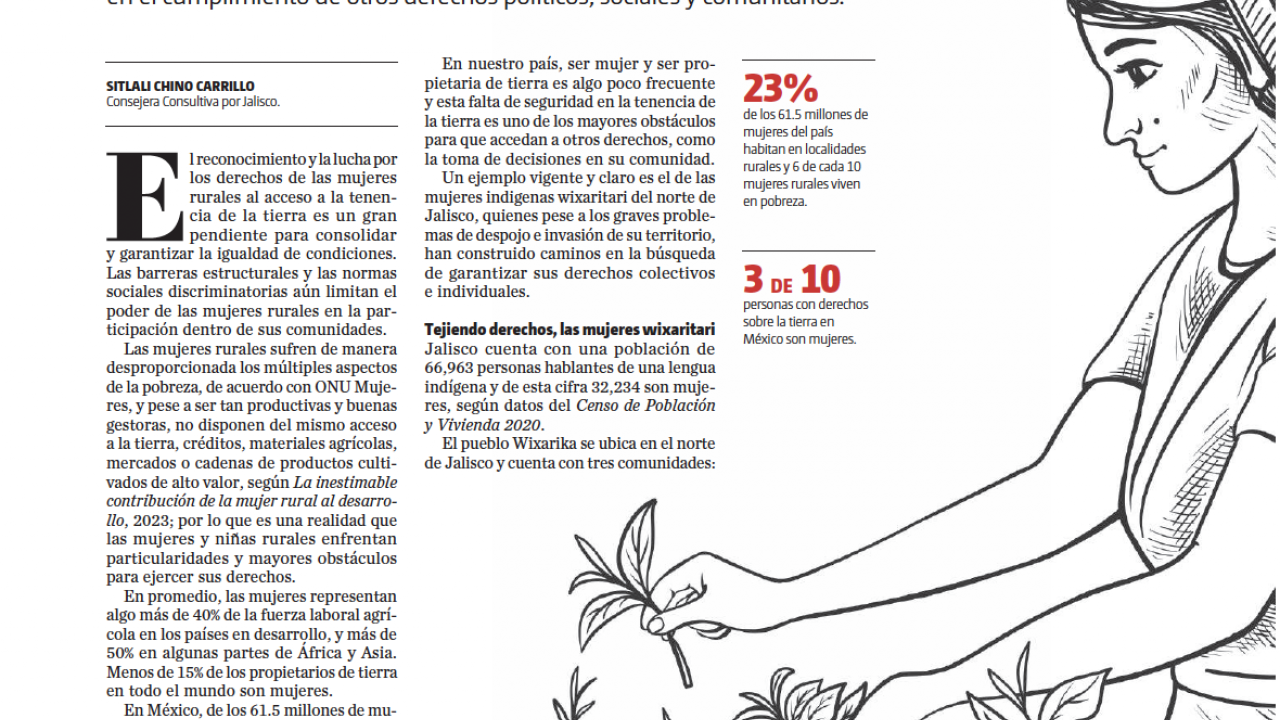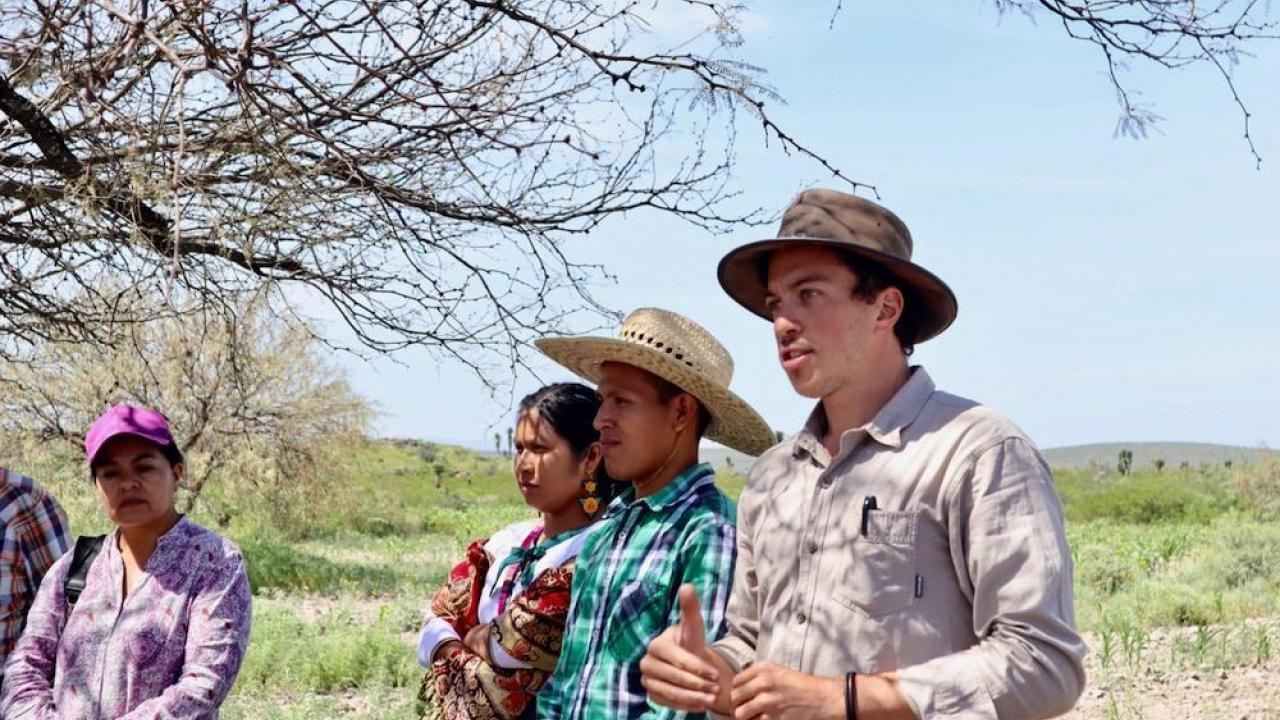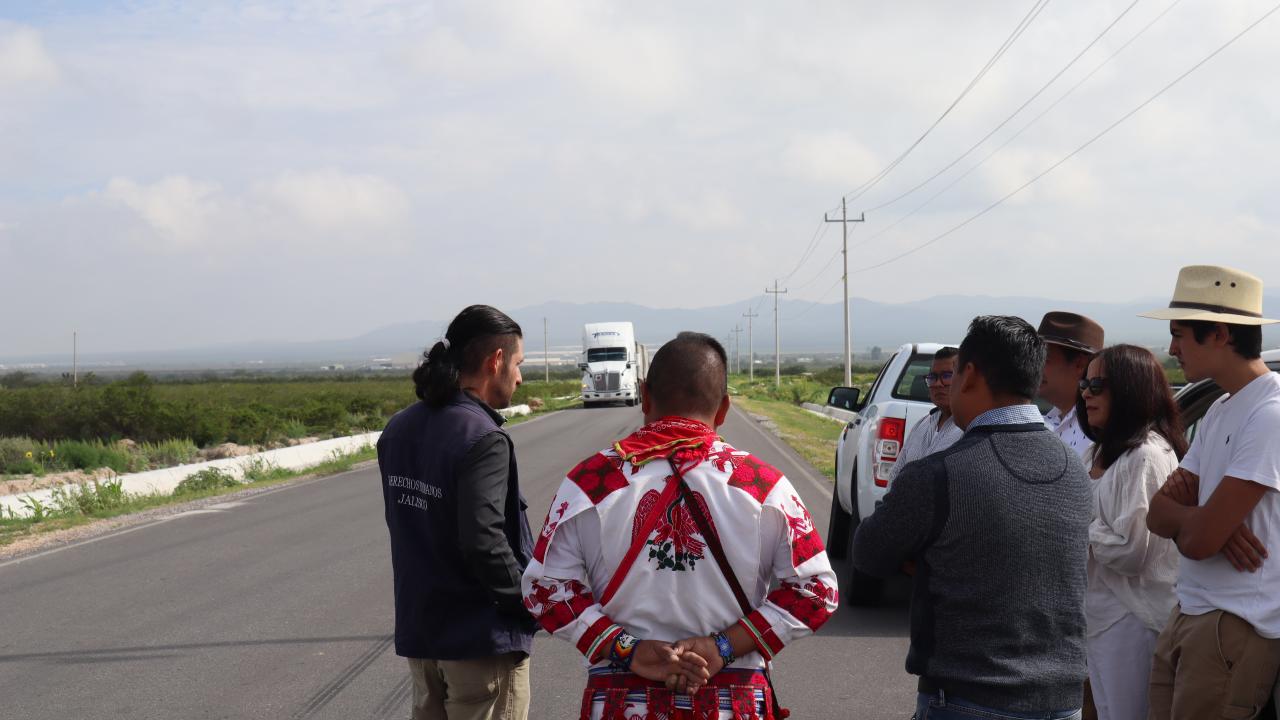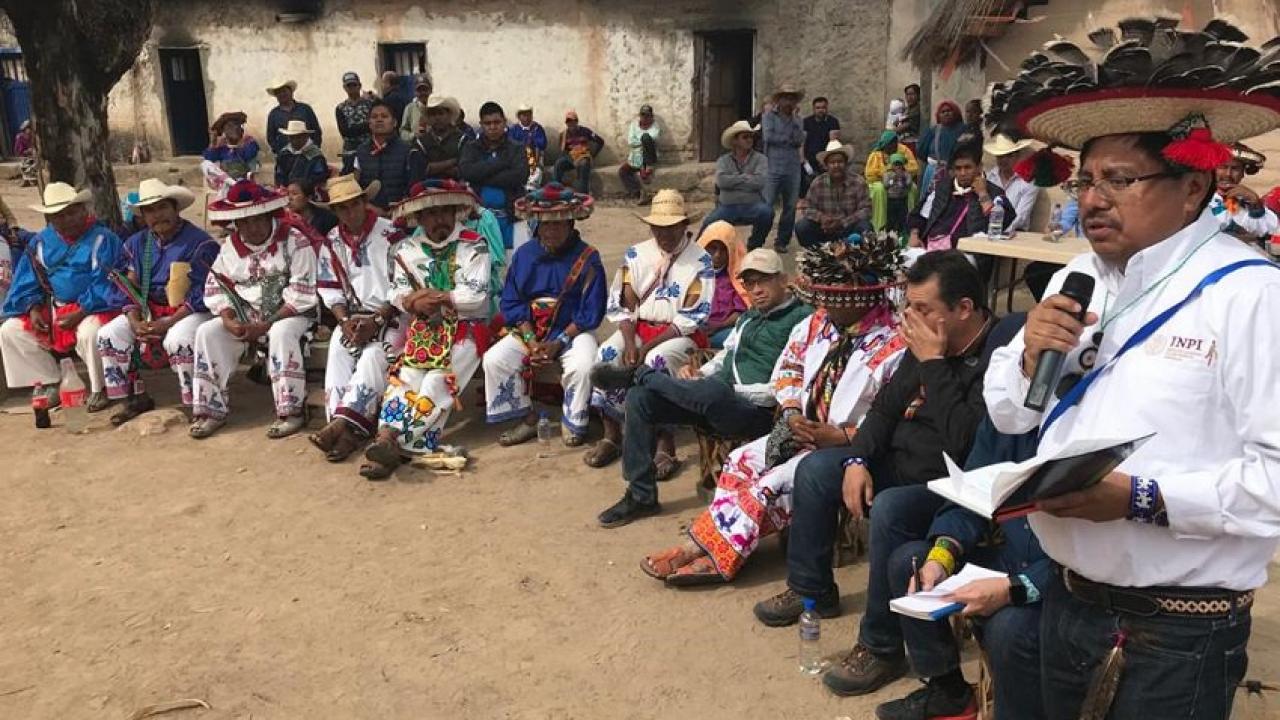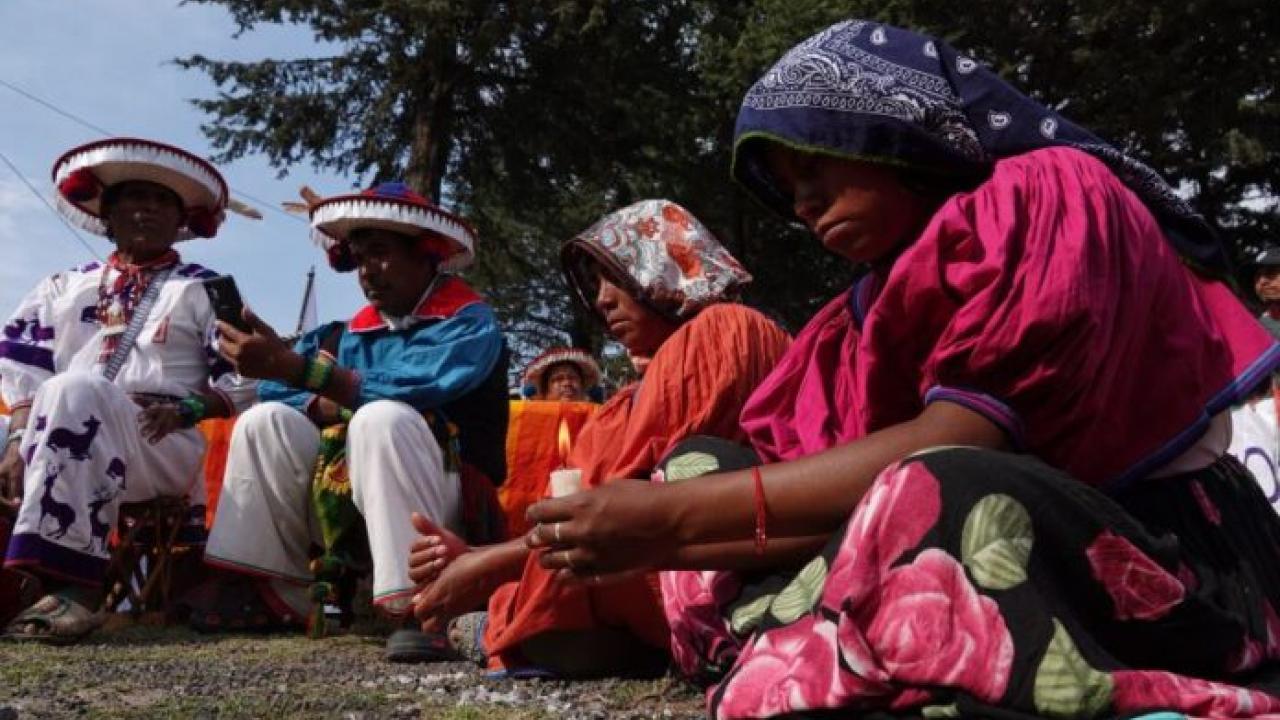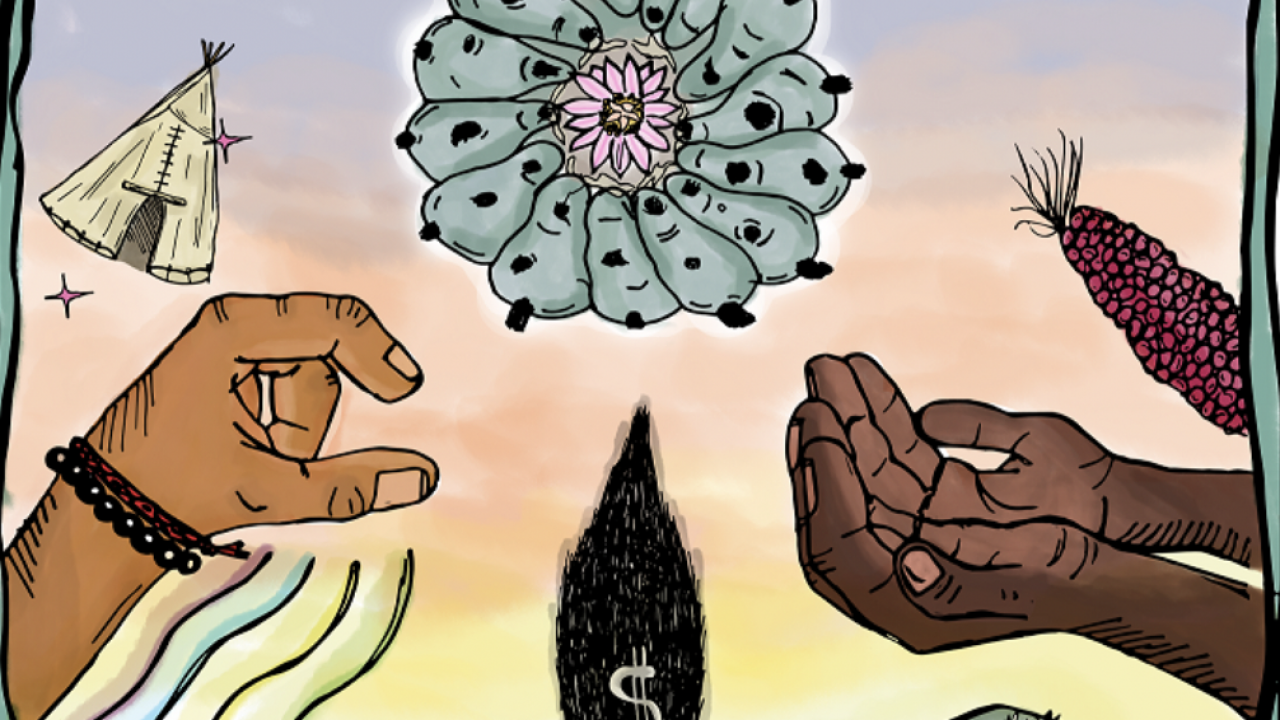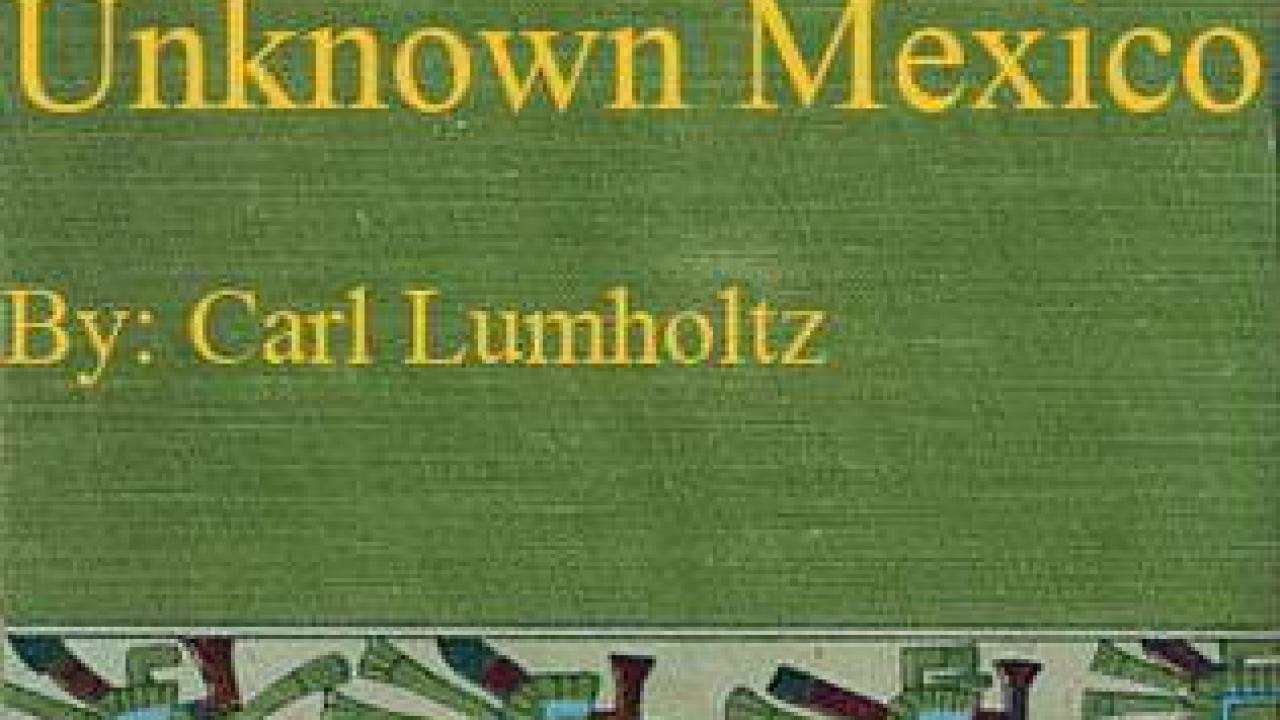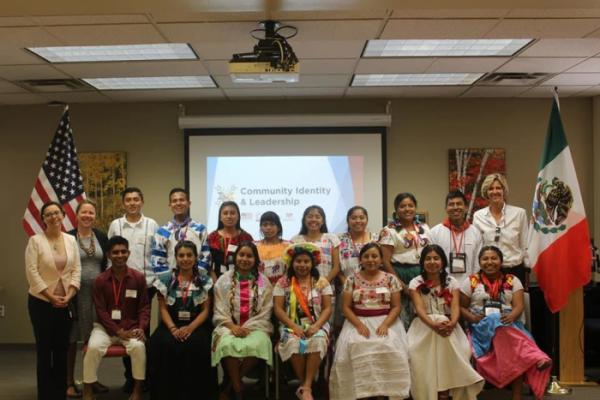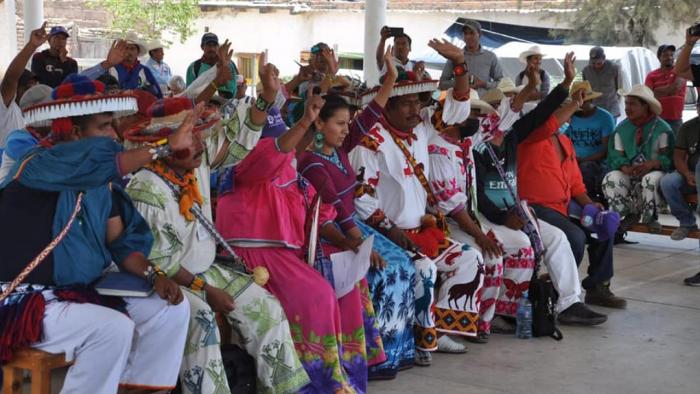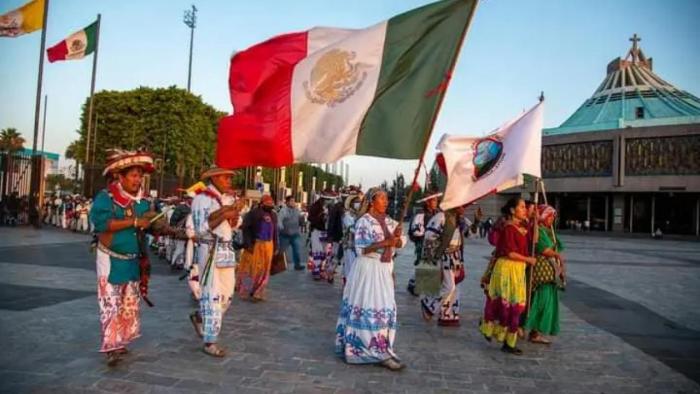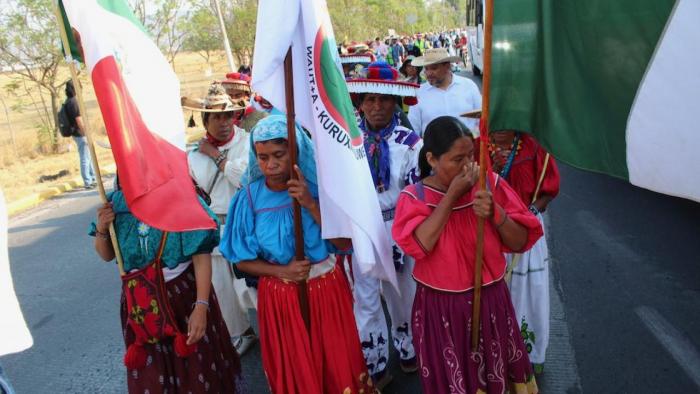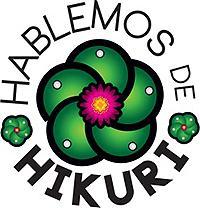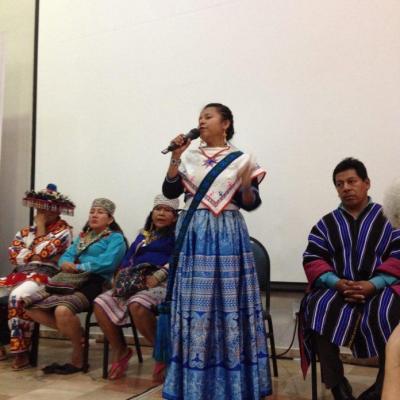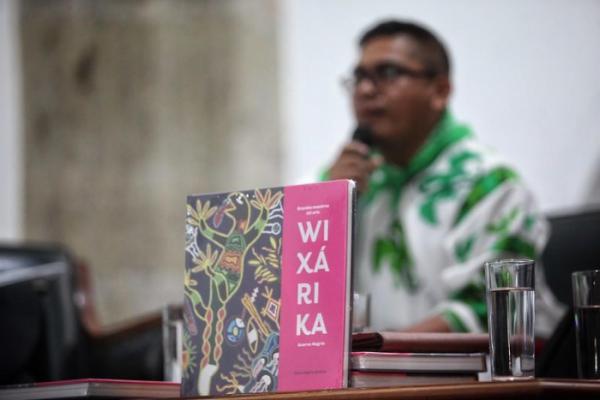Agustín del Castillo
| June 2018
Wixaritari communities of San Sebastián Teponahuaxtlán (Wuaut + a), have detained first and second level government officials from Jalisco State in the town of Mesa del Tirador, in protest of the lack of answers to their demands—in particular, the issue of land restitution in Huajimic, in the neighboring state of Nayarit. The state government officially denies that the officials are being ‘forcibly’ detained.
Sources from the state executive and from the community, confirmed to MILENIO JALISCO that there are several secretaries who are being held after attending a meeting the community called with them to discuss and resolve various problems relating to education, health, road infrastructure and poverty. Officials have been warned by the communal leaders that as a means of pressuring the officials to resolve these issues—but above all, due to the federal government’s neglect of the issue of land restitution—they will remain in Mesa del Tirador.
